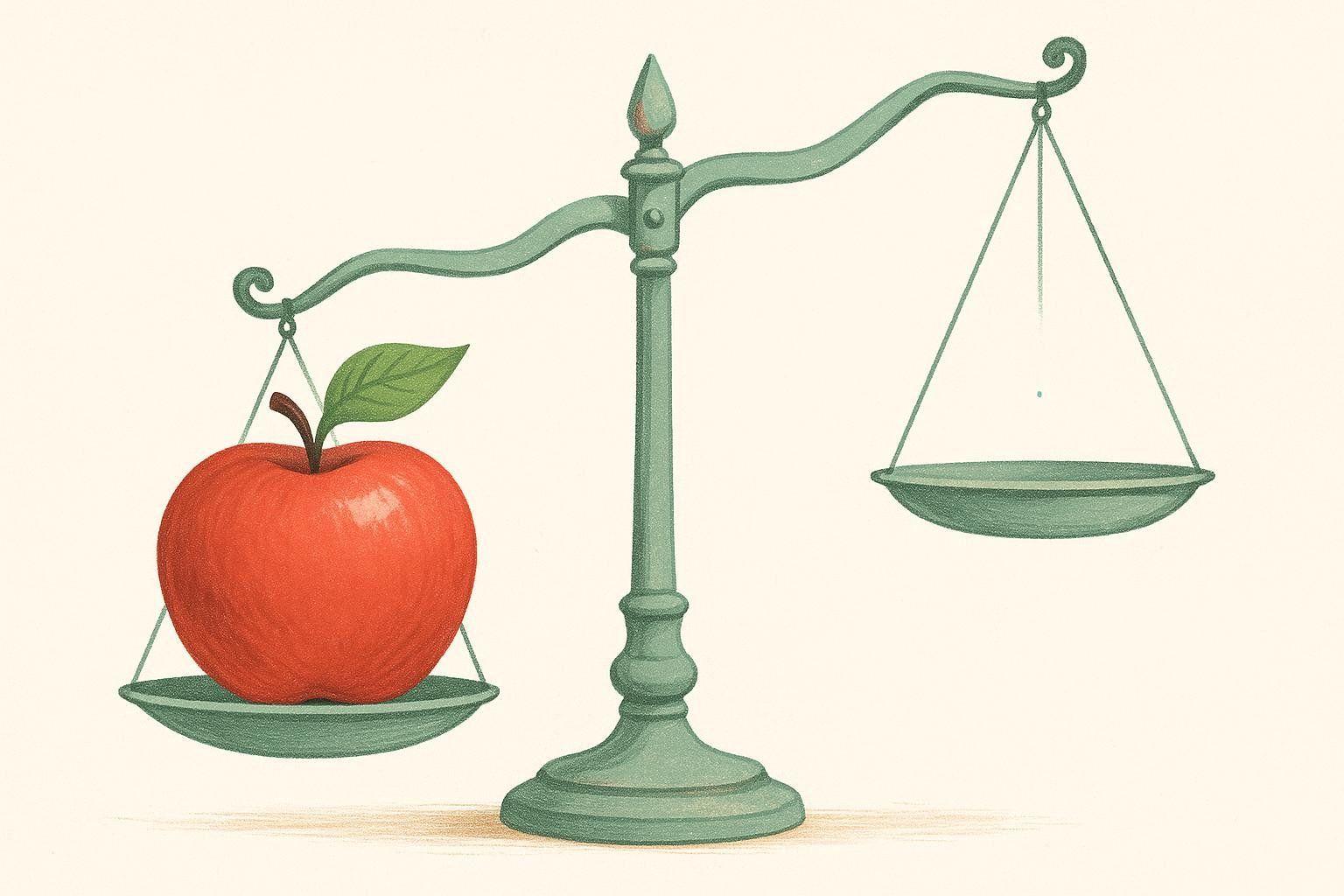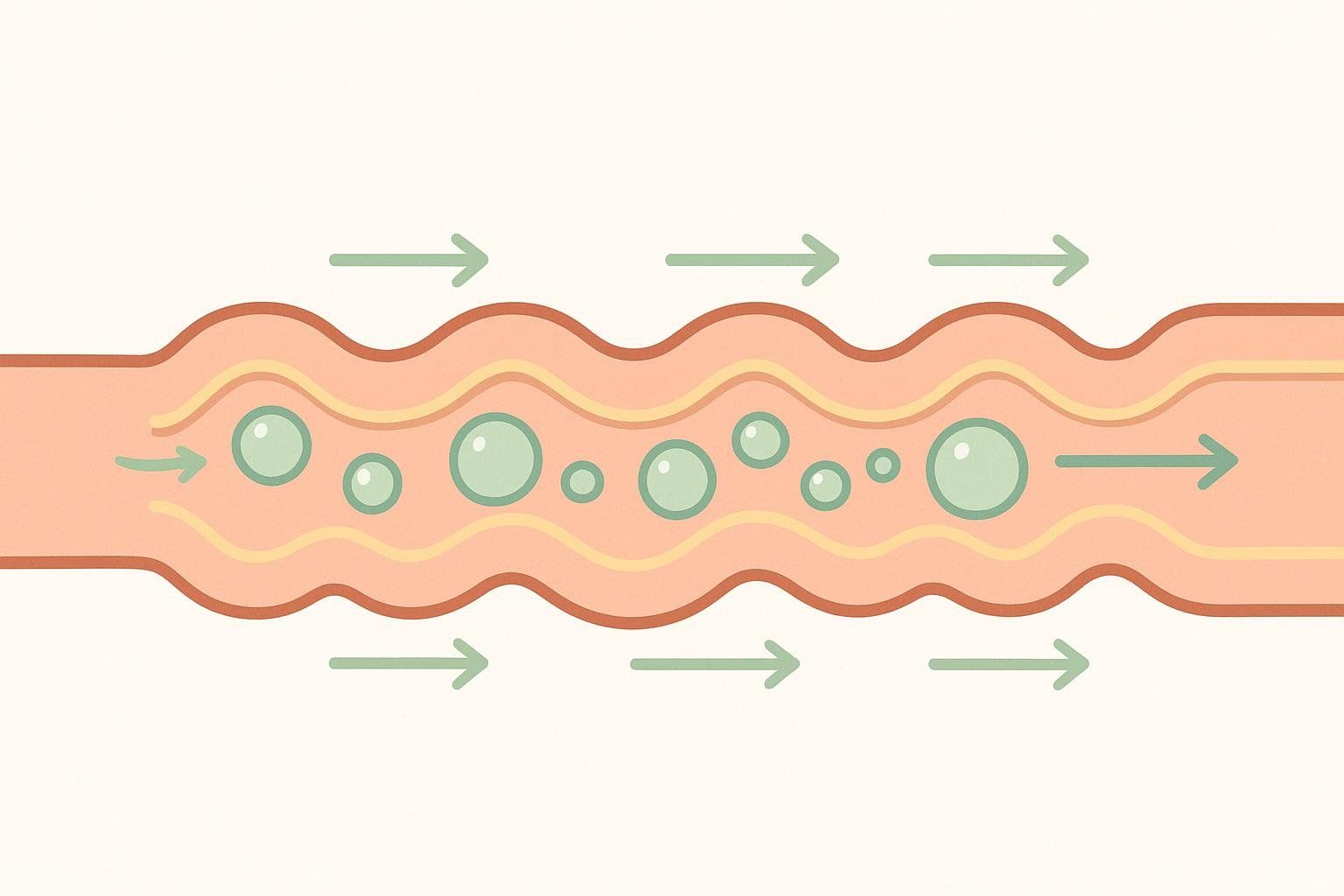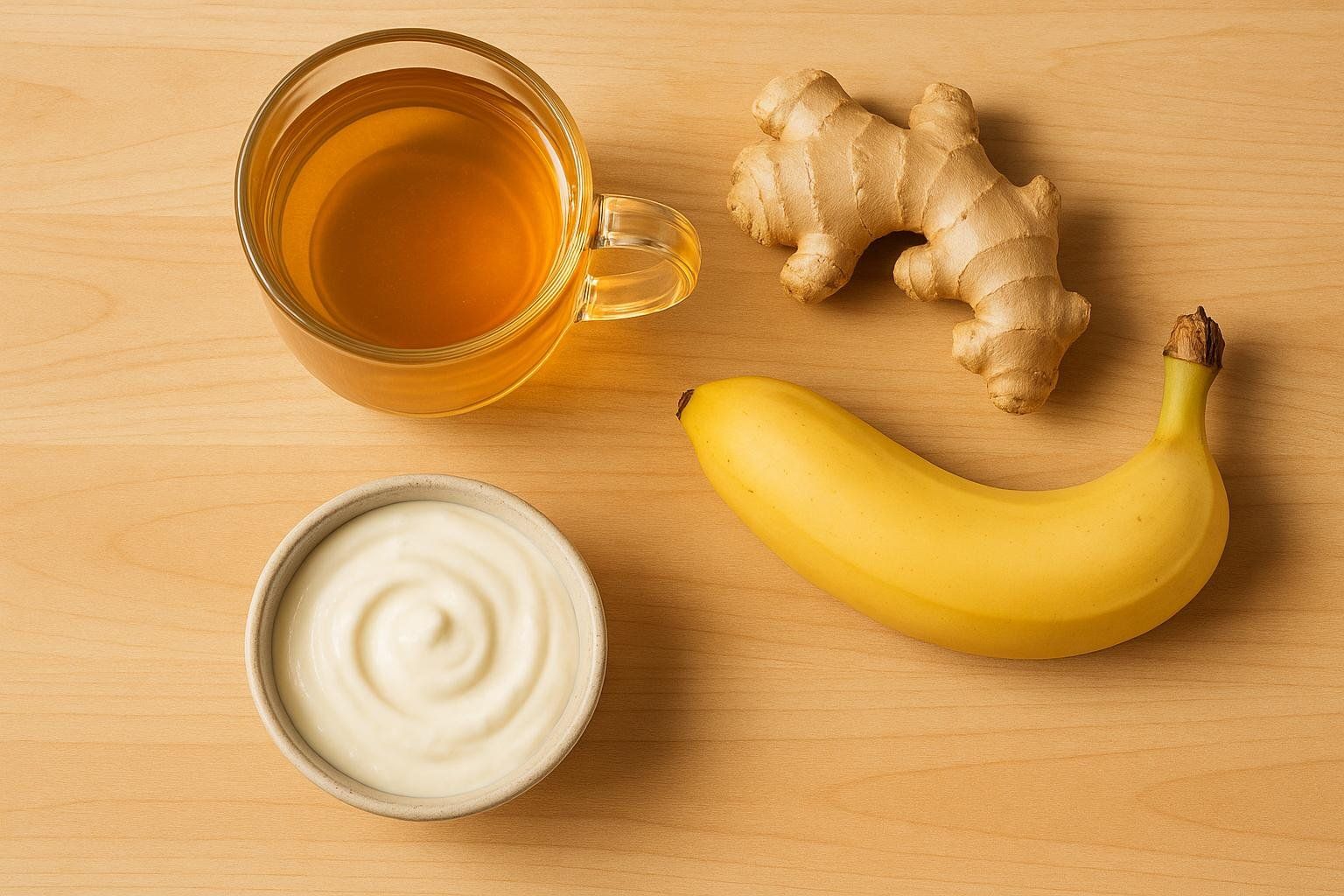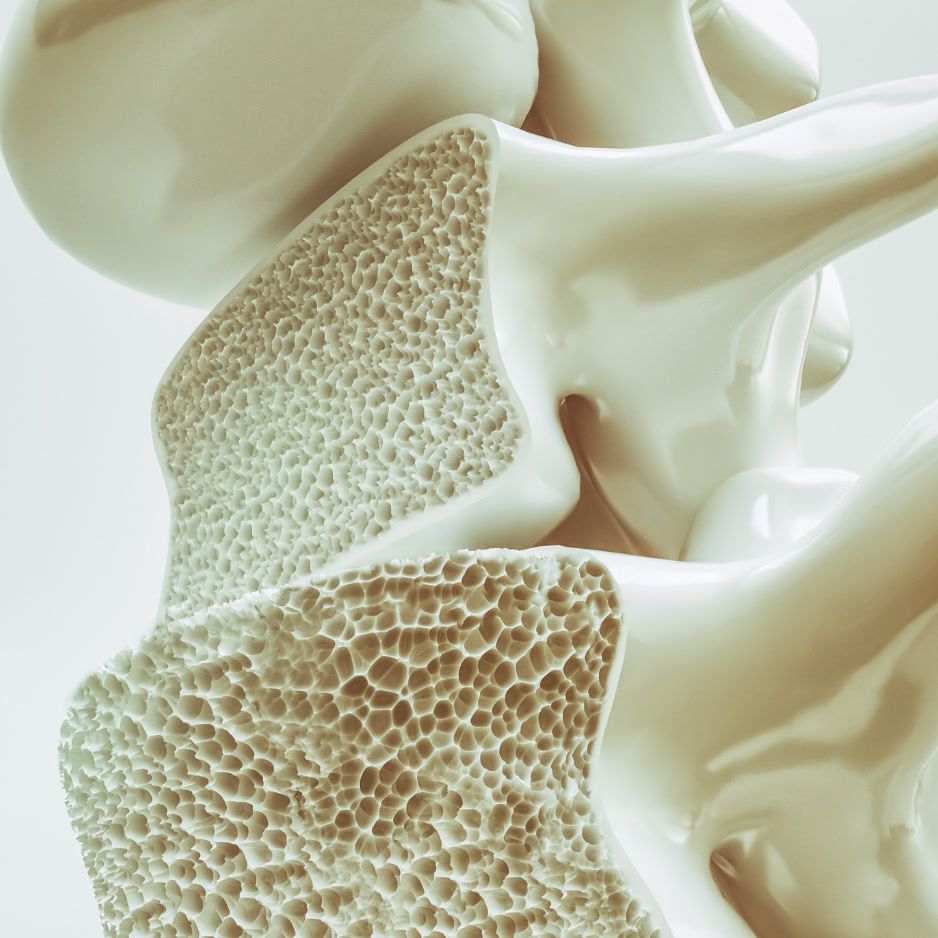Does Farting Burn Calories? Debunking the Myth

Does Farting Burn Calories? Debunking the Myth
You’ve probably seen the viral claim: “Each fart torches 67 calories!” It’s meme-worthy, shareable, and completely wrong.
But if passing gas is a physical action—muscles contract, pressure changes—doesn’t that mean at least some energy gets used? Let’s separate flatulence folklore from physiology and explain why any calorie burn is metabolically insignificant.
Quick Answer

Farting technically uses energy, but the amount is so small it’s functionally zero—far less than a single calorie per release (Healthline). You’d need tens of thousands of farts to equal the calories in one apple.
How Flatulence Happens: The Digestive Mechanics

- Gas production – Gut bacteria ferment undigested carbs, creating carbon dioxide, hydrogen, methane, and trace sulfur compounds. The average adult produces 500–1,500 mL of gas daily and passes gas 8–25 times (Verywell Health).
- Pressure build-up – This gas stretches the intestinal walls, triggering stretch receptors.
- Muscle coordination – Smooth muscle in the colon propels gas toward the rectum (peristalsis). When pressure is high enough—or you voluntarily relax your external anal sphincter�—gas escapes.
The only intentional work you might do is a brief squeeze (or release) of pelvic-floor and anal-sphincter muscles. These are tiny compared with, say, your quads during a squat—hence the negligible calorie toll.
Energy Cost 101: Where We Actually Burn Calories
| Component | Share of Daily Energy | What It Includes |
|---|---|---|
| Basal Metabolic Rate (BMR) | ~60–70 % | Keeping you alive at rest |
| Thermic Effect of Food (TEF) | ~10 % | Digestion, absorption, peristalsis |
| Activity Energy Expenditure | ~20–30 % | Exercise + Non-Exercise Activity (NEAT) |
Farting fits under TEF and maybe a sprinkle of NEAT. TEF for an entire mixed meal hovers around 10 % of the calories you just ate (NCBI Bookshelf). The energy needed for the final push of gas release is a rounding error within that 10 %.
According to experts quoted by Healthline, the figure is a fraction of a calorie per fart—far below anything that would register on a metabolic cart or affect body weight.
Why the “67 Calories Per Fart” Myth Went Viral

The bogus stat surfaced on social media around 2009 and even appeared in a Google answer box in 2015, citing an unverified Facebook page (Snopes). The claim spread with surprising speed, gaining traction across blogs and comment threads before fact-checkers stepped in.
Fart Frequency vs. Calorie Burn
| Farts per Day | Estimated Total Calories Burned |
|---|---|
| 10 | ≈ 0.1 cal |
| 20 | ≈ 0.2 cal |
| 50 | ≈ 0.5 cal |
| 100 | ≈ 1.0 cal |
Even at the high end of “normal” (25 farts a day), you’re burning about one-quarter of a calorie—hardly a metabolic game-changer.
Real Ways to Boost Daily Calorie Burn
| Proven Alternative | Approx. Calories in 30 min* | Learn More |
|---|---|---|
| Brisk walking (3.5 mph) | 140 | Calories Burned Calculator |
| Using a standing desk vs. sitting | +24 | Metabolism 101 |
| 10-minute body-weight circuit | 80–120 | Home Cardio Moves |
*For a 155-lb (70 kg) adult.

Objective measurement matters too. A DEXA scan can track changes in lean mass and body fat with medical-grade precision—no gas analysis required.
Gas Got You Down? Diet & Lifestyle Tweaks

- Slowing your eating may reduce swallowed air.
- Trying a low-FODMAP approach can limit foods—such as onions, garlic, beans, and certain fruits—that are notorious gas makers.
- Walking after meals promotes peristalsis and may ease bloating (Verywell Health).
- Staying hydrated and chewing thoroughly helps digestion run smoothly.
- Ruling out intolerances is wise if gas is persistent or painful—lactose intolerance, celiac disease, or IBS can all play a role.
FAQs
How many calories does one fart burn?
Negligible—physiology experts estimate far less than 0.1 calories. That’s 10,000 × smaller than some viral claims.
Could holding in gas burn more calories?
Holding in flatulence activates sphincter muscles for longer, but the extra calorie burn is still minuscule and may cause discomfort.
Does the smell indicate a higher calorie burn?
No. Odor comes from sulfur compounds, not energy expenditure.
Can diet change the energy cost of farting?
Eating high-fiber or high-protein meals raises overall TEF slightly, but the incremental cost of gas release remains trivial.
Key Takeaways
- Farting ≠ Fat-burning: The energy cost is virtually zero.
- Myth Busted: The 67-calorie claim lacks scientific backing.
- Focus on What Matters: Consistent movement, strength training, and evidence-based nutrition drive meaningful calorie burn.
- Track Progress With Data: Use objective metrics to monitor changes in your health and body composition.
Laugh at the memes, pass gas when nature calls, but stick to proven strategies—not flatulence myths—to reach your health and fitness goals.


